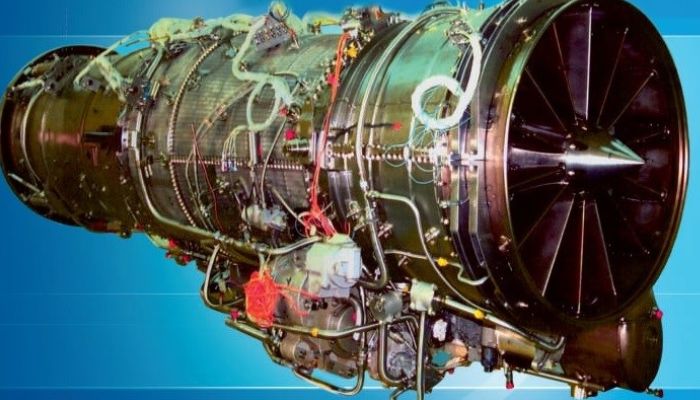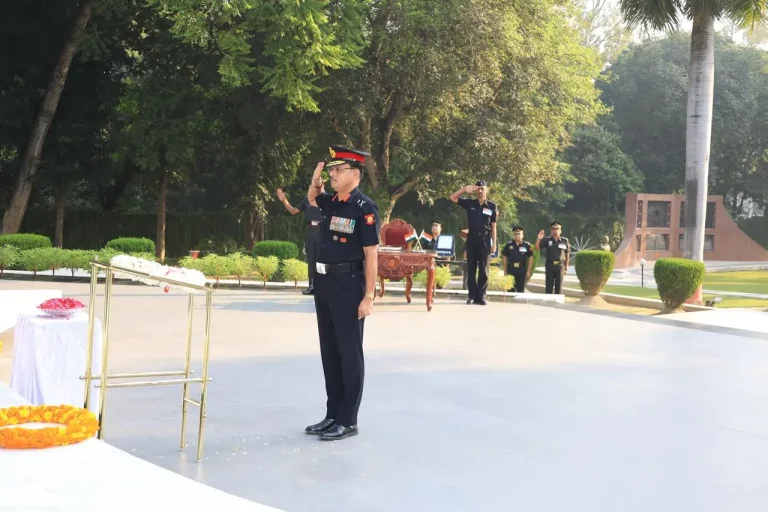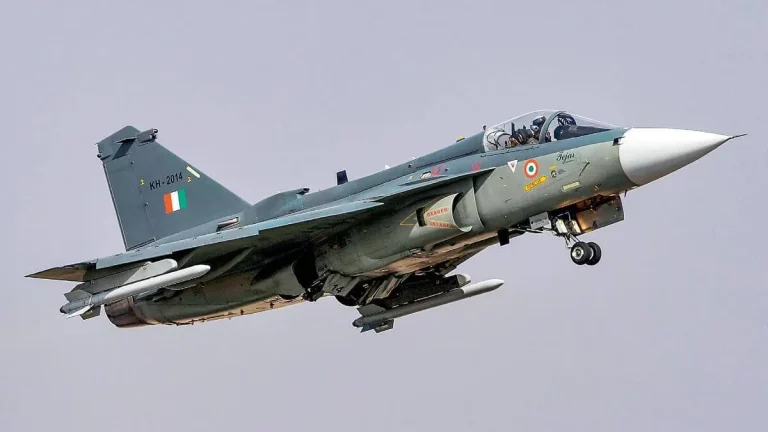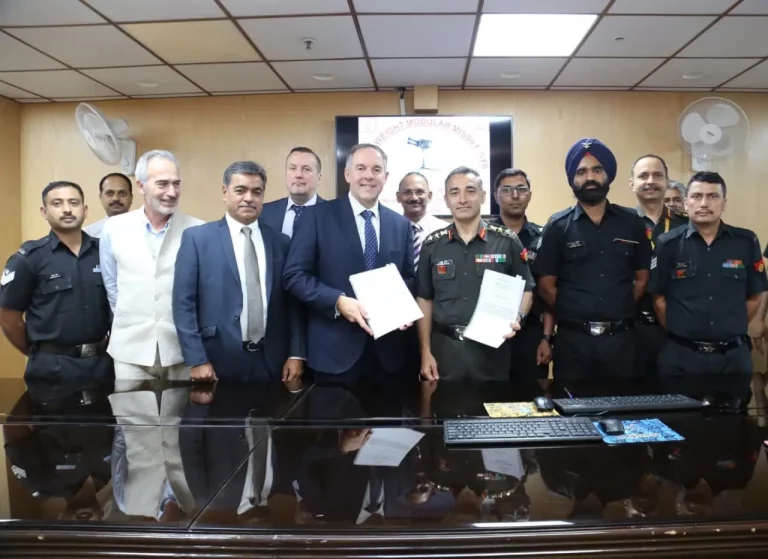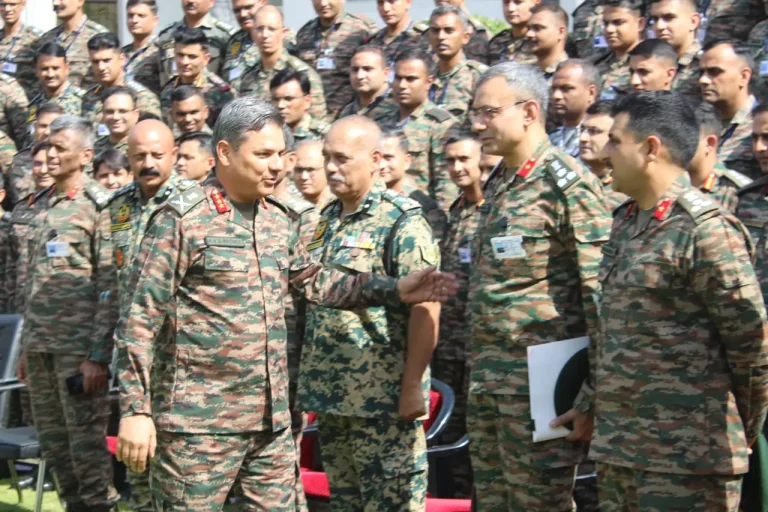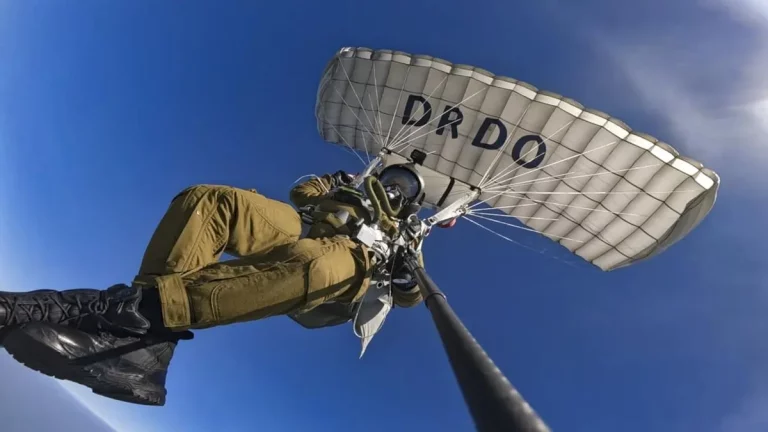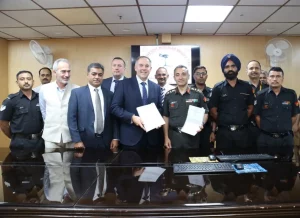India’s Defence Research and Development Organisation (DRDO) has made significant strides in enhancing its indigenous aerospace capabilities with the Kaveri jet engine now undergoing critical testing in Russia. This engine is specifically designed to power the Ghatak Unmanned Combat Aerial Vehicle (UCAV) and is currently in the final phase of trials, with approximately 25 hours of testing still to be conducted.
The rigorous testing process, supervised by Russian experts and conducted within designated trial slots, marks a vital milestone in adapting the Kaveri engine for unmanned systems. Originally intended to power the Light Combat Aircraft (LCA) Tejas, the project faced challenges that led to its decoupling from the LCA program in 2008 due to various technical shortcomings. However, extensive recent modifications have made it possible to revive the engine’s utility in a new capacity, particularly for unmanned and stealth applications.
The specific version of the Kaveri engine currently undergoing trials is a dry variant, producing 52 kilonewtons of thrust, making it well-suited for powering the Ghatak UCAV. This platform is a stealthy, long-range system that aims to significantly enhance India’s aerial strike capabilities. Moreover, defense officials have indicated intentions to integrate the Kaveri engine into an LCA Tejas airframe, potentially rejuvenating its application for manned aircraft in the future.
The Ghatak project is part of India’s broader Aatmanirbhar Bharat initiative, which focuses on promoting self-reliance in defense production. It is being developed with significant contributions from both public and private sectors. Notably, the Indian Navy has expressed interest in deploying the UCAV on future aircraft carriers and Landing Platform Docks (LPDs), highlighting its operational relevance. To complement these efforts, DRDO has successfully tested a scaled-down prototype known as the Stealth Wing Flying Testbed (SWiFT) during autonomous flight trials.
Throughout its development journey, the Kaveri engine has encountered numerous challenges, particularly in its early years when issues related to turbine blades arose in the 2000s. These difficulties prompted a technical partnership with the French aerospace firm Snecma, allowing DRDO to address critical design flaws in the engine. Today, the Kaveri program stands as a fundamental element of India’s strategy for aerospace self-reliance.
As the program garners increasing backing from defense analysts and policymakers, there is a rising call for additional funding and prioritization of the Kaveri project. As India seeks to decrease its dependence on imported propulsion systems, such as the GE-404 engines presently utilized in the Tejas, the successful operationalization of the Kaveri engine could represent a pivotal advancement in the country’s defense manufacturing sector.
